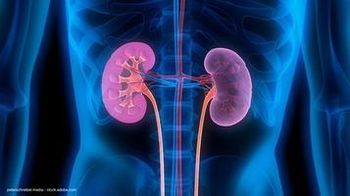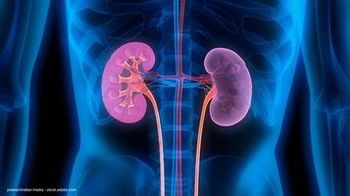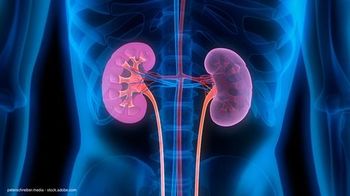
E coli 'magic bullet' continues to elude scientists
Washington--Increasing rates of fluoroquinolone-resistant urinary isolates of Escherichia coli have occurred against a backdrop of genetic variability, as no predominant variant has emerged as the principal culprit in resistance, according to a study of medical centers across the United States and Canada.
Washington-Increasing rates of fluoroquinolone-resistant urinary isolates of Escherichia coli have occurred against a backdrop of genetic variability, as no predominant variant has emerged as the principal culprit in resistance, according to a study of medical centers across the United States and Canada.
No specific pulsed-field gel electrophoresis (PFGE) fingerprint has emerged from susceptibility testing of more than 1,700 urinary isolates with known fluoroquinolone resistance. The study results suggest that the emergence of fluoroquinolone resistance among outpatient urinary isolates in North America is not attributable to clonal dissemination, investigators reported at the Interscience Conference on Antimicrobial Agents and Chemotherapy here.
"We wanted to see whether a predominant clonal type is starting to emerge, which might alert us to look for endemic strains that are perhaps increasing in virulence and spreading throughout populations in the United States and Canada," said Kim Nichol, MSc, a laboratory scientist in the clinical microbiology laboratory at the Health Sciences Centre in Winnipeg, Canada. "Instead, we found a great deal of genetic variability."
The study involved 1,742 isolates ob-tained from 40 centers representing substantial geographic diversity. Each of the isolates had proven fluoroquinolone resistance, defined as a ciprofloxacin minimum inhibitory concentration ±4 µg/mL. In vitro activity against the isolates was determined for ciprofloxacin, ampicillin (Principen), trimethoprim-sulfamethoxazole (TMP-SMZ [Bactrim, Cotrim, Septra, et al]), and nitrofurantoin (Macrobid, Macrodantin). Genetic relatedness of the isolates was evaluated by PFGE.
The resistance rates for the various antibiotics were 100% for ciprofloxacin, 79.7% for ampicillin, 66.9% for TMP-SMZ, and 4% for nitrofurantoin. PFGE analysis revealed considerable genetic heterogeneity among the E coli isolates from the 40 medical centers. Dendrogram analysis identified several small epidemiologic clusters, but no PFGE type predominated.
"We plan to continue looking at mechanisms of resistance," Nichol said. "It's important to identify and understand those underlying mechanisms, especially in multi-drug-resistant isolates, even though no predominant strains have emerged in these fluoroquinolone-resistant strains."
Newsletter
Stay current with the latest urology news and practice-changing insights — sign up now for the essential updates every urologist needs.

















